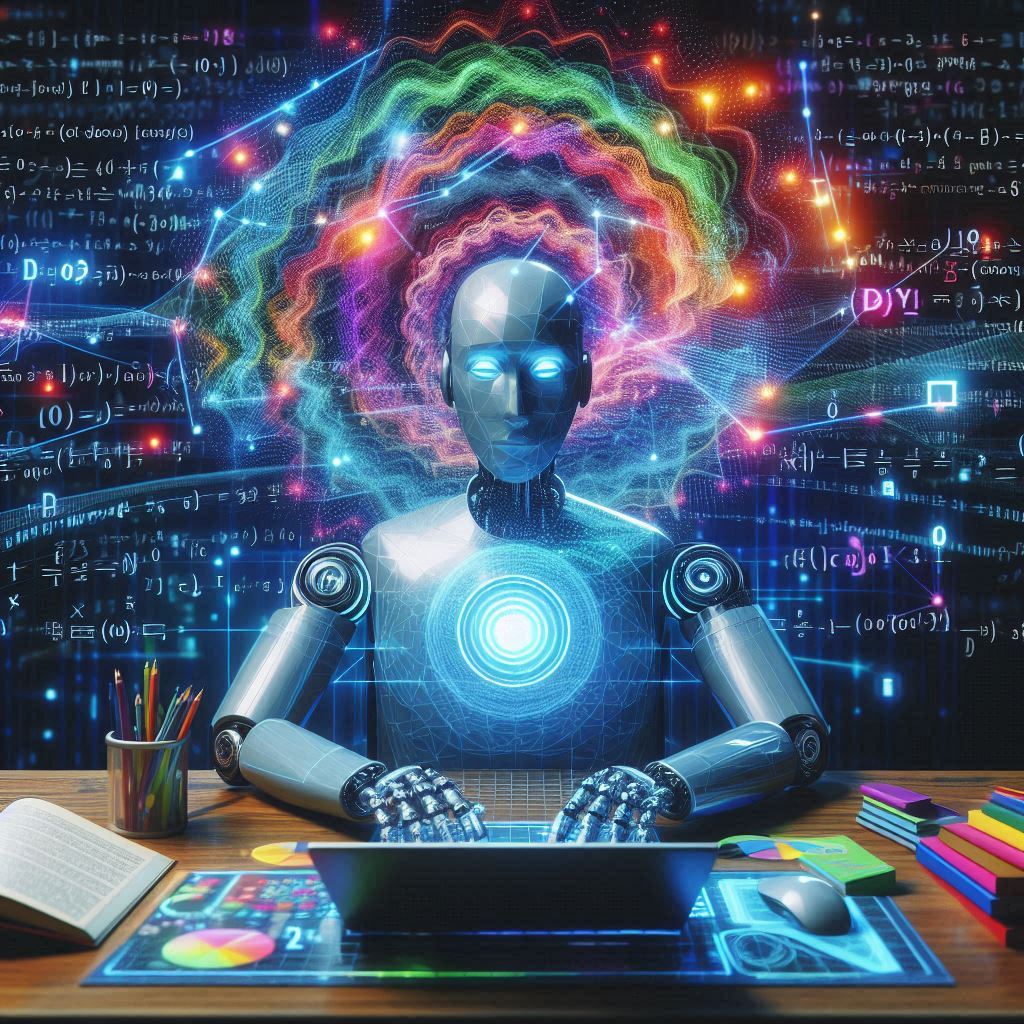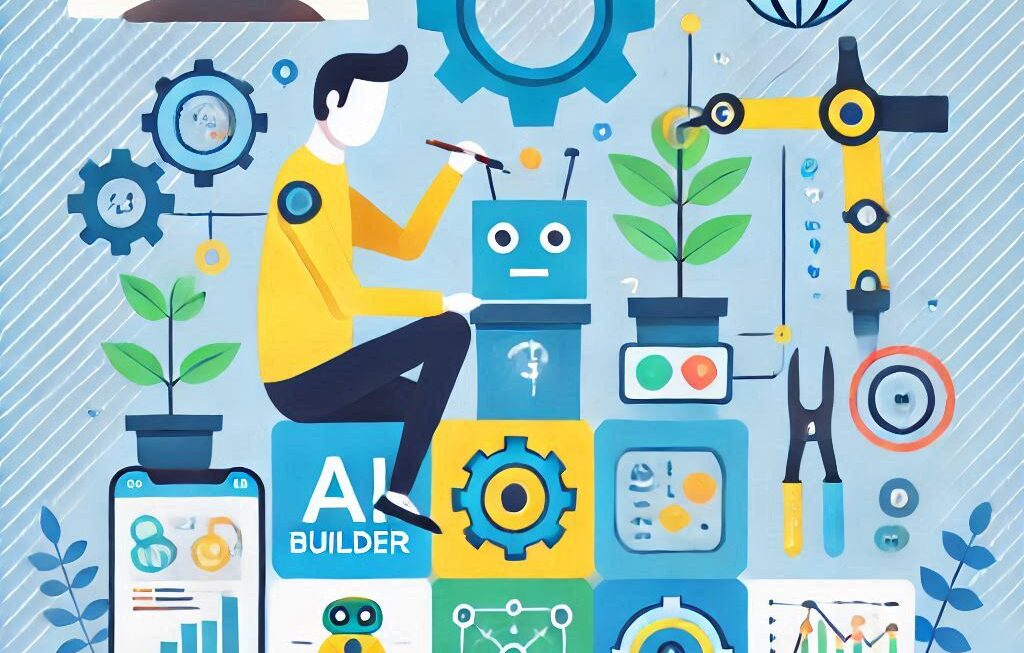In this blog, lets explore Generative AI, often abbreviated as GenAI, is a type of artificial intelligence that can create new content such as text, images, videos, audio, or software code in response to user prompts. This technology relies on sophisticated machine learning models, particularly deep learning models, which simulate the learning and decision-making processes of the human brain.
How Generative AI Works:
Training: The process begins with creating a foundation model, typically a large language model (LLM) for text generation, or other models for image, video, and audio generation. These models are trained on vast amounts of raw, unstructured data from the internet or other large data sources. During training, the model performs millions of “fill in the blank” exercises, predicting the next element in a sequence and adjusting itself to minimize errors.
Tuning: After the foundation model is trained, it can be fine-tuned for specific applications. This involves adjusting the model to better handle particular types of content or tasks, improving its accuracy and relevance.
Generation: Once tuned, the model can generate new content based on user prompts. For example, a user might input a text prompt, and the model will produce a coherent and contextually relevant piece of text, image, or other media.
Applications of Generative AI:
- Text Generation: Tools like ChatGPT can generate human-like text for various purposes, including writing assistance, customer service, and content creation.
- Image Generation: Models like DALL-E can create images from textual descriptions, useful in design, marketing, and entertainment.
- Video and Audio Creation: Generative AI can produce videos and audio clips, which can be used in media production, virtual reality, and more.
- Software Code: AI models can assist in writing and debugging code, enhancing productivity for developers.
Impact and Considerations:
Generative AI offers significant productivity benefits and has the potential to revolutionize various industries by automating creative processes and enhancing human capabilities. However, it also presents challenges, such as ethical considerations, potential biases in AI-generated content, and the need for robust data privacy measures.
Generative AI is a rapidly evolving field, and its applications are expanding as the technology continues to improve. It’s an exciting area with the potential to transform how we create and interact with digital content.
Learn about – Microsoft Power Automate



